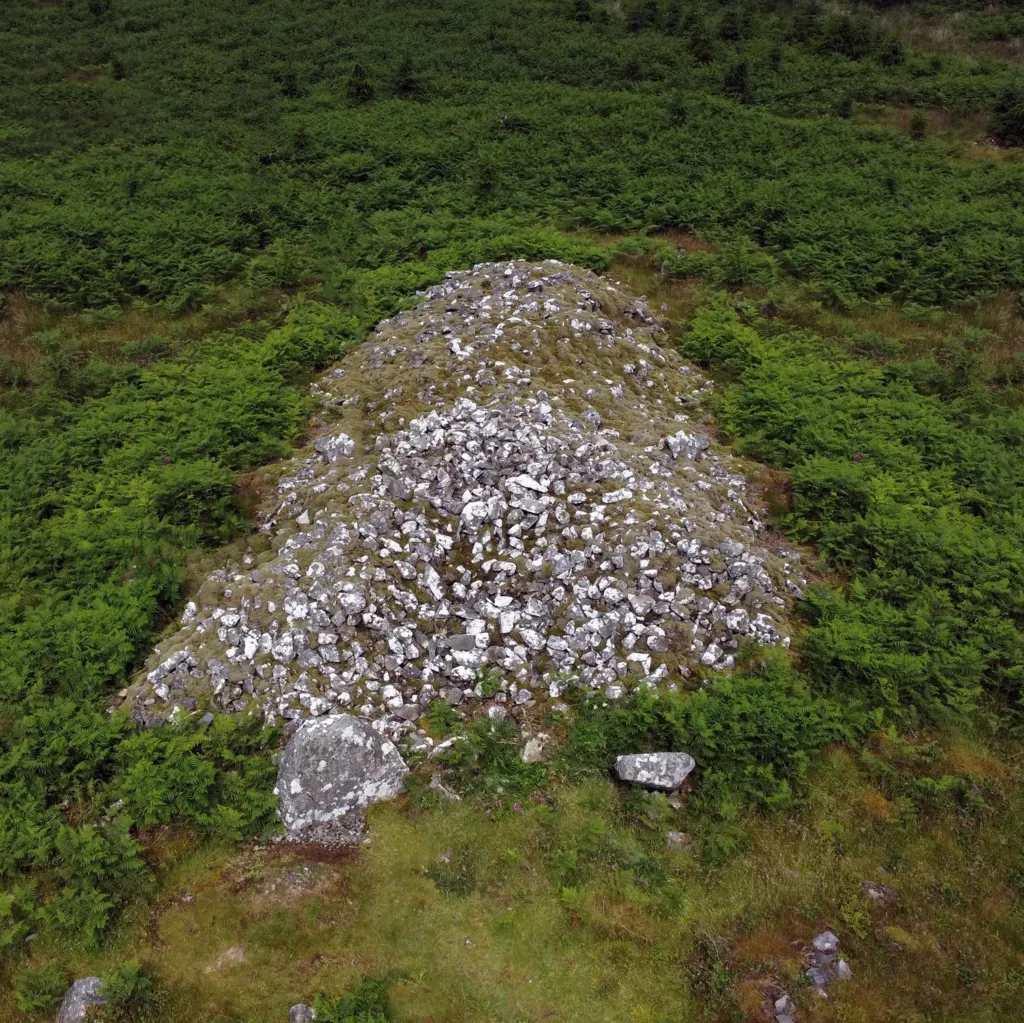FLS archaeologist Matt Ritchie said: "This visualisation allows us to imagine what this Clyde Cairn – a type of tomb characteristic of south-west Scotland – would have looked like when it was first built.
"The architecture suggests its use as both a tomb for the dead, where people placed the deceased in the chambers within the cairn, and a space for the living, where people could pay their respects within the forecourt."
He said archeological studies could only reveal the "bare bones" of the cairn's story, leaving "much to the imagination".
"They were built by a vibrant ancient society with beliefs, traditions and practices that would seem very strange to us today," he said.
Mr Ritchie added that hopefully watching the video and seeing the cairn come to life could answer some questions visitors might have.
"Of the cairns that survive across Scotland, some remain closed, their secrets hidden beneath huge mounds of stone, such as at Boreland in Galloway," he said.
"Others bear the ravages of time, their features masked by rubble and collapse, or have been disturbed by treasure-hunters, their chambers ripped open and exposed.
"Many more have simply been lost over time."

